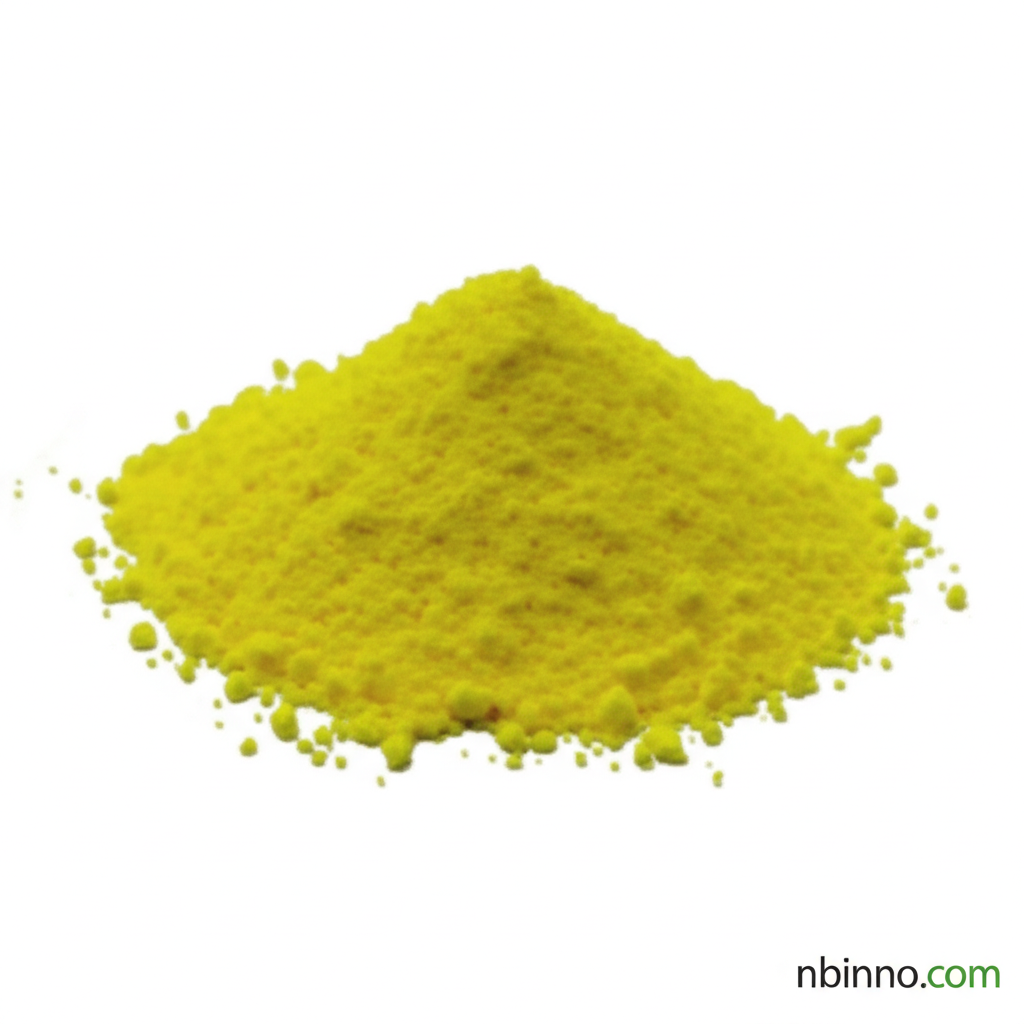Harnessing Nature's Defense: The Power of 7-Hydroxycoumarin-3-carboxylic acid N-succinimidyl ester in Agriculture
Discover the potent antibacterial capabilities of a unique coumarin derivative. This article delves into its effectiveness against plant pathogens and its potential as a sustainable solution for modern agriculture.
Get a Quote & SampleProduct Core Value

7-Hydroxycoumarin-3-carboxylic acid N-succinimidyl ester
As a leading manufacturer in China, we offer the succinimidyl ester of 7-hydroxycoumarin-3-carboxylic acid, a compound demonstrating significant promise in agricultural applications. Its broad-spectrum antibacterial activity and unique modes of action make it an invaluable tool for combating plant diseases and ensuring crop health.
- Combatting plant bacterial pathogens effectively: Explore the robust antibacterial activity of this coumarin derivative, with particular focus on its efficacy against Acidovorax citrulli, a significant threat to crop yields. This contributes to finding effective natural plant protection solutions.
- Understanding the mechanism of action: Learn how this compound disrupts bacterial cell membranes, inhibits flagella growth, and consequently reduces bacterial motility, offering a multi-faceted approach to disease control. This sheds light on Acidovorax citrulli mechanism of action.
- Inhibiting harmful biofilms: Discover its ability to significantly reduce biofilm formation by hindering extracellular polysaccharide (EPS) production, a crucial factor in bacterial persistence and pathogenicity. This is key to developing effective biofilm inhibition in plant pathogens strategies.
- Promising for sustainable agriculture: Its natural origin and potent efficacy position it as a strong candidate for developing next-generation natural bactericides for agriculture, aligning with environmentally conscious farming practices.
Advantages of Using this Compound
Broad-Spectrum Efficacy
This compound exhibits strong in vitro activity against a wide range of plant pathogenic bacteria, making it a versatile solution for diverse agricultural challenges. Its effectiveness against key pathogens is critical for comprehensive crop disease management.
Environmentally Friendly Profile
As a naturally derived compound, it offers a more sustainable alternative to synthetic pesticides, supporting environmentally friendly farming practices and reducing chemical footprints in agriculture. This aligns with the goals of sustainable agriculture chemicals.
Dual Action Mechanism
Its ability to disrupt cell membranes and inhibit biofilm formation provides a robust defense against bacterial infections, potentially reducing the development of resistance and offering longer-lasting protection.
Key Applications
Agricultural Crop Protection
Protecting crops from bacterial diseases like bacterial fruit blotch is crucial for yield and quality. Its use as an agricultural bactericide can significantly mitigate these threats.
Research and Development
This compound serves as a valuable tool for researchers studying bacterial pathogenesis, antibiotic resistance, and novel control strategies in plant pathology. It is an excellent addition to plant pathology research tools.
Sustainable Chemical Solutions
The demand for eco-friendly solutions in agriculture is growing. This compound fits perfectly within the scope of developing sustainable agriculture chemicals and promoting responsible resource management.
Microbial Control
Its efficacy against biofilms and motility makes it a powerful agent for microbial control in various agricultural settings, contributing to healthier plant ecosystems.
